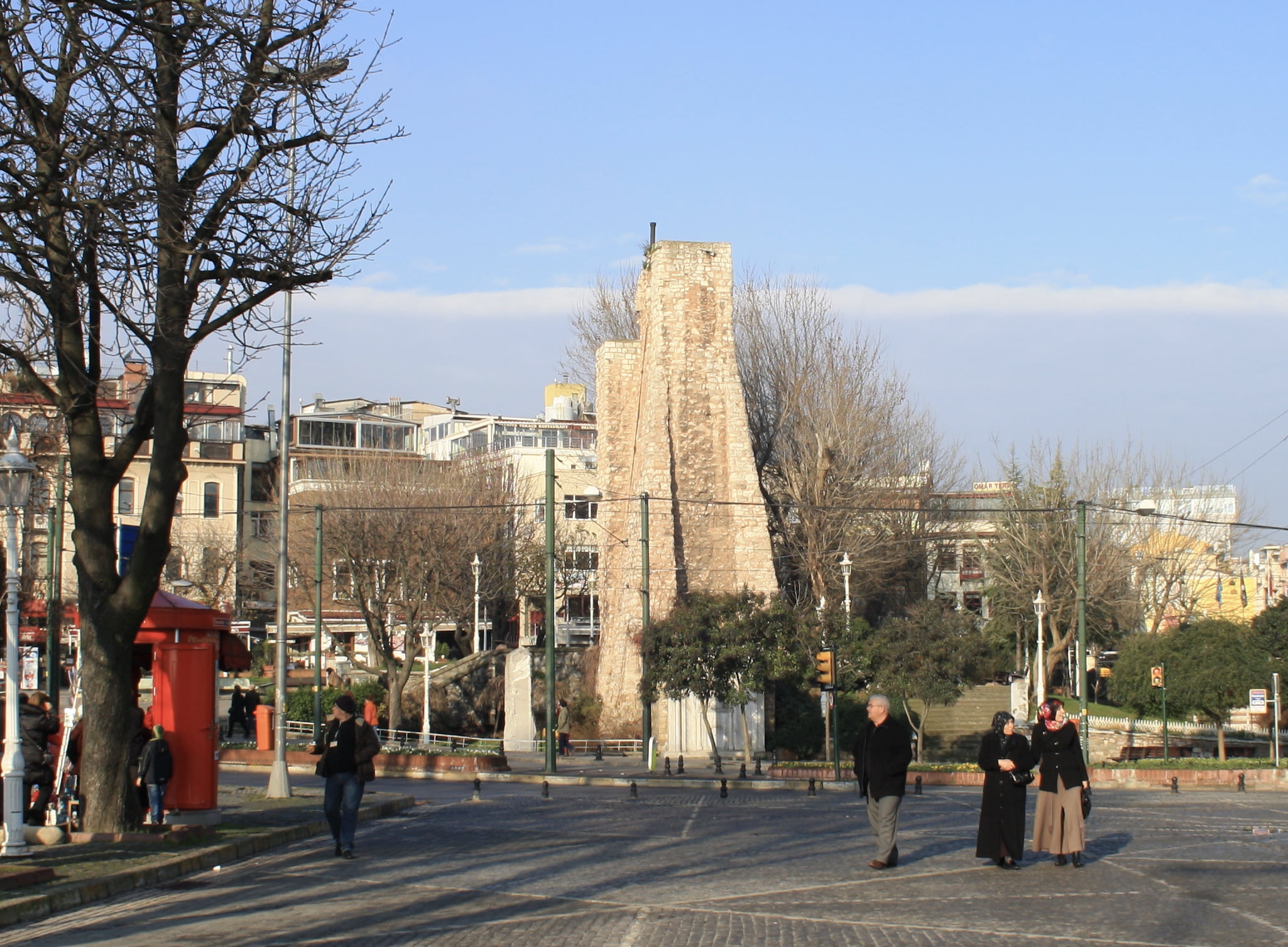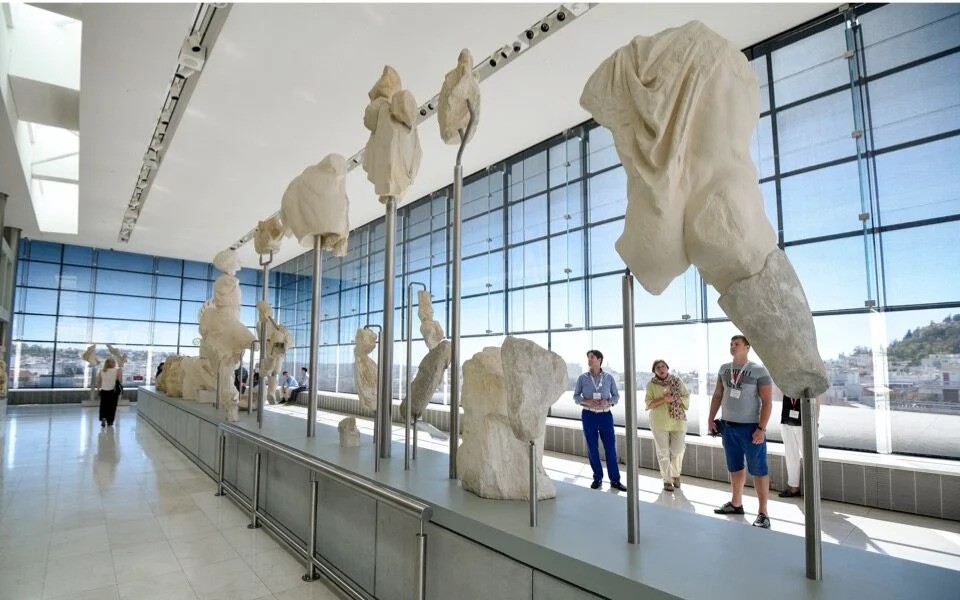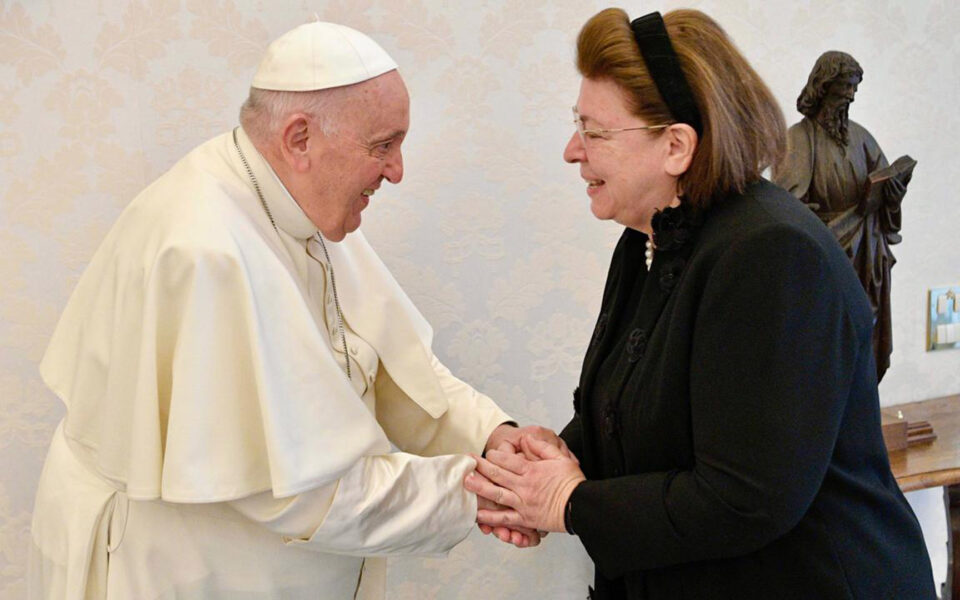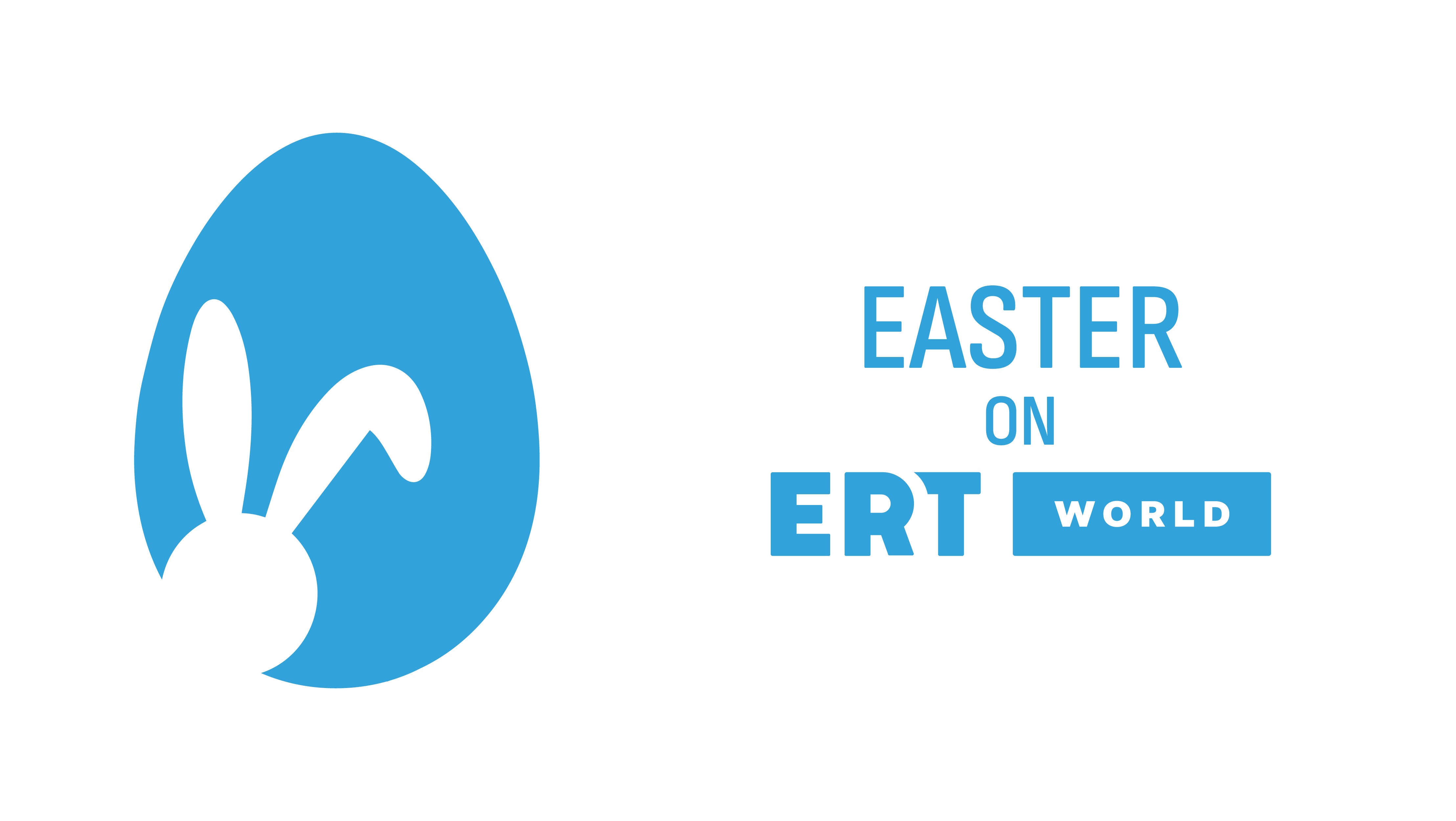Remnants of New Rome The Milion

As one meanders down Divanyolu Caddesi in modern day Istanbul—which follows roughly the mese odos of Byzantine times—one encounters, just as the road turns off to the left to encircle Hagia Sophia (Holy Wisdom) on its westward side, a small, unassuming pillar of stone masonry in front of a brick chimney belonging to an adjacent structure. This fragment once belonged to one of the most important Constantinian monuments in New Rome, Constantinople: the Milion, which was uncovered by archeologists in the 1960s after the structure had disappeared from Ottoman Konstantiniyye in the 16th century.
The Milion was based on the miliarium aureum, or the ‘Golden Milestone,’ erected by the ancient Roman emperor Augustus atop the Rostra—the main platform for public speaking—in the Roman Forum. The ‘Golden Milestone’ was a gilded column, probably of bronze-encased marble inscribed in gold letters “with a record of the distances between the capital and the other chief cities of the empire” (M. Grant, The Roman Forum, p. 110). This of course designated the city of Rome as the ‘centre of the world,’ a motif that St Constantine the Great wished to duplicate in his New Rome. In fact, in terms of its construction, the Milion was intended to surpass its Roman predecessor. According to the tenth-century Patria Constantinoupoleos—far from being a mere pillar—the Milion was a vaulted structure with a dome supported by four arches. It marked the intersection of the city’s main streets and also indicated the distances to all the other main cities in the Roman empire, making it the new centre of the world; yet with the added distinction that this new centre was to be envisaged in a Christian sense. Patria 2.29 (trans. A. Berger) states:
“Statues of Constantine and Helen are on the arch of the Milion. They hold a cross that can also be seen there to the east, and the Tyche of the city is in the middle of the cross, a small chain which is locked and enchanted. It ensures that no commodity of any kind is lacking, and brings all victory over the pagans, so that they are unable to approach, to get inside or to come again and again, but stay far away and return home in defeat. The chain’s key was buried at the base of the columns.”

Apart from the clear association of the statue atop the Milion with talismanic properties, what is also evidenced is that it synthesised both Christian imagery, in the form of the cross, and seemingly pagan imagery, in the form of the representation of Tyche or Fortune, the goddess of fate or destiny in Graeco-Roman mythology. But it is important to keep in mind that Constantine also set up the cross in the centre of Rome in the hands of his statue in the Roman Forum (see the photo of the colossus of Constantine in prev. article), and in several places in his new capital—including atop a column at the gate to the Philadelphion square, as well as (as mentioned in the previous article) in monumental statuary form in his own Forum in Constantinople. The presence of Tyche came from a well-known motif, stretching all the way back to the Roman republic (e.g. in 2nd century BC authors such as Polybius) that Rome had been ‘fated’ by Tyche to conquer the world. By Constantine’s time, therefore, Tyche had become so associated with the political symbolism of Rome’s mastery over the world that there is no reason to interpret its presence in the centre of the cross atop the Milion as either syncretistic—that is, the deliberate conflation of two very different religions—or that it was intended to be worshipped. Rather, its presence communicated two possible underlying political messages, both of which can be considered mutually inclusive: that through belief in the cross of Christ Rome had conquered the world, or that the cross of Christ was ‘destined’ to conquer the world.
Whatever the case may have been, the statues of saints Constantine and Helen adorning the Milion harken to the latter’s discovery of the True Cross while on pilgrimage in Jerusalem in the late 320s, after which parts of the relic were distributed throughout the Roman world, including Constantinople (in places like the Forum; see prev. art.). Moreover, the incredible impact of the statues of the saints on the populace is evidenced by the fact that the pairing of two on either side of the cross became the standard iconographic depiction after they were both canonised by the Orthodox Church (venerated May 21). In other words, the statue on top of the Milion was the source of the icon of saints Constantine and Helen that can be seen throughout the Orthodox world, in churches and in homes, to this day with one major qualification: that although the cross was (and is) almost always depicted as the central point of their image, the Tyche is nowhere to be seen, indicating the increasing and emphatic Christianisation of the city that took place in the ensuing centuries.
By Mario Baghos
Dr Mario Baghos is Lecturer in Patristics and Church History at St Andrew’s Greek Orthodox Theological College, and Chief Publishing Officer of St Andrew’s Orthodox Press. His most recent book is entitled From the Ancient Near East to Christian Byzantium: Kings, Symbols, and Cities (Cambridge Scholars Publishing, 2021).




